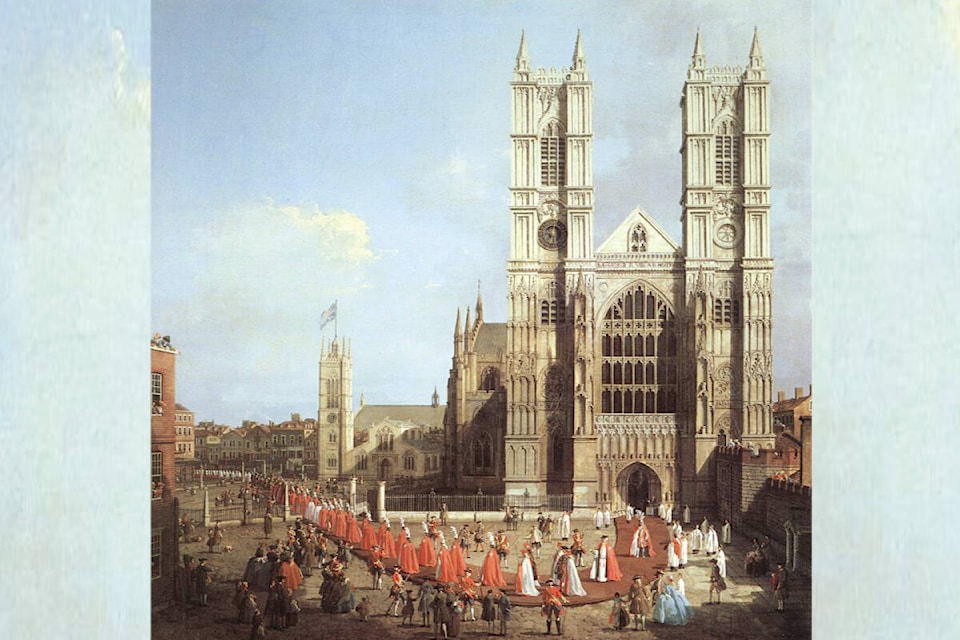I have no idea how history is taught in schools these days, but in my day (I graduated high school in 1981) it was taught in the most boring way imaginable. There was a fair bit of rote memorization, I guess because (in those pre-Google days) you could never tell when you would suddenly have to know when Samuel de Champlain first came to Canada, or what year Laura Secord made her daring walk to warn of an impending American attack, or who the Prime Minister was in 1914.*
And while many of the people we learned about (all of whom, it seemed, were white men; sorry, Laura) might have had interesting stories attached to them, or done interesting things, you never would have known it from what (and how) we learned about them. I’m almost glad they left poor Laura alone; her amazing story would have been reduced to something that every student promptly forgot about almost as soon as they heard it.
Which is a shame, because history doesn’t have to be boring. Indeed, it can be downright exciting, interesting, colourful, spellbinding, and fascinating — sometimes most or all of these at once — when it’s done right. In my own efforts at writing about history, I’ve tried to bring a storyteller’s eye and voice to the proceedings, picking out interesting people, places, and events and attempting to bring them to new life.
Some people make this look ridiculously easy, and many of them can be found on a YouTube channel called History Hit which I recently discovered, and which is now one of my favourite things. It’s the YouTube channel I didn’t know I needed or wanted until I found it, and now I can’t get enough.
It’s full of people who are clearly very knowledgeable indeed when it comes to history, and who are passionate about their subject. That passion is infectious, and it means that they are the very opposite of boring. They also seem to work on the assumption that while not everyone watching is, say, an expert on the Battle of Hastings or the life of Richard III, they’re not going to hold your hand. This isn’t someone lecturing you; it’s someone who wants to take you on a fascinating journey, so they’re going to treat you as an equal.
Take this exchange between historian Dan Snow — the man behind History Hit — and Sir David Cannadine, another historian, as they explore Westminster Abbey. Snow talks about the two western towers being Georgian, and thus very late in the building of the Abbey, work on which started in 1254 under Henry III and was in the Gothic style.
Cannadine replies “We tend to think of the West Front as being an integral part of an overall Gothic design for the Abbey, but actually of course they’re really the Gothic Revival in the sense that they were constructed in the first part of the 18th century to complete the Abbey, which had remained incomplete — poor old Henry III never got this far, as it were — but for many people they are the most iconic image of the Abbey, and of course it was famously caught in the Canaletto painting with the Knights of the Bath processing in front painted very soon after the western towers had actually been constructed.”
It might sound dry and stuffy; believe me when I say it’s anything but. I think it’s Cannadine’s use (twice) of the phrase “Of course.” Even if you wouldn’t know Gothic Revival architecture if it bit you, you find yourself nodding knowledgeably. Of course it’s Gothic Revival. How could it be anything else? And Henry III: bit of bad luck for him, right? Builders in the 13th century were obviously as unreliable as they are today.
If only all history could be told with as much fun and zest and passion as Snow, Cannadine, Mary Beard, Lucy Worsley, and others on the the channel bring to the subject. There’d be far fewer kids nodding off in history class.
*1603, 1813, Sir Robert Laird Borden. I Googled it.
editorial@accjournal.ca
Like us on Facebook and follow us on Twitter
